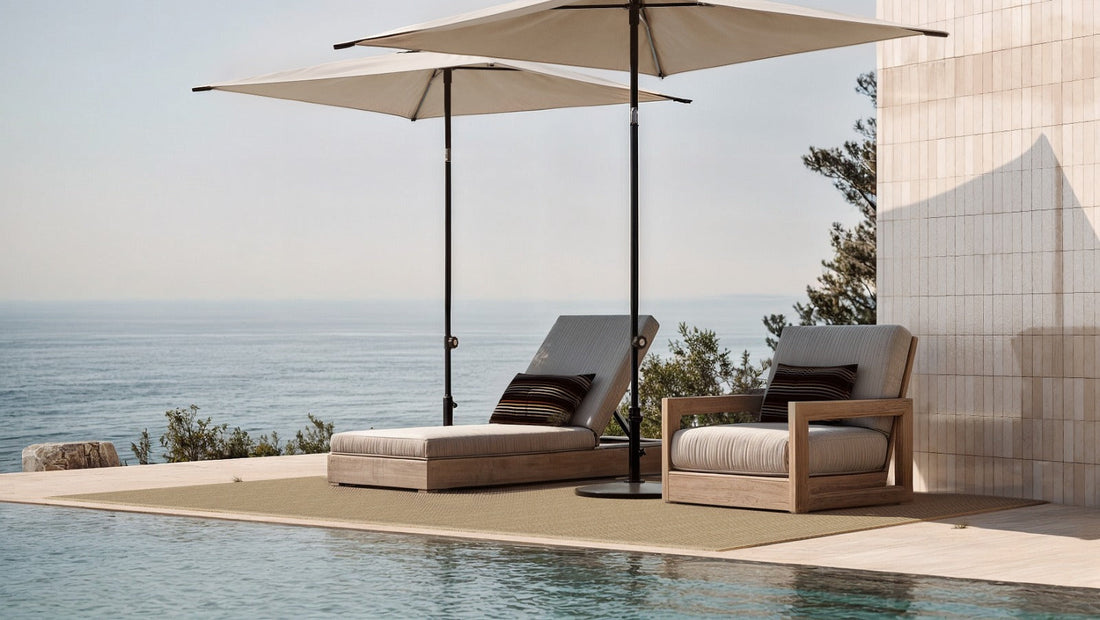Blog Martin Gabriel
Schweizer Ästhetik im Interior Design – Minimalismus mit Wärme & Substanz
Der Schweizer Einrichtungsstil ist bekannt für seine Zurückhaltung, Klarheit und handwerkliche Präzision – aber auch für eine warme, einladende Atmosphäre.
Erfahren Sie mehrNachhaltig einrichten: Warum Qualität bei Wohnaccessoires den Unterschied macht
Langlebig, gesund & schön: Warum hochwertige Wohntextilien und Designmöbel die bessere Wahl sind – für dich, dein Zuhause & die Umwelt.
Erfahren Sie mehr



